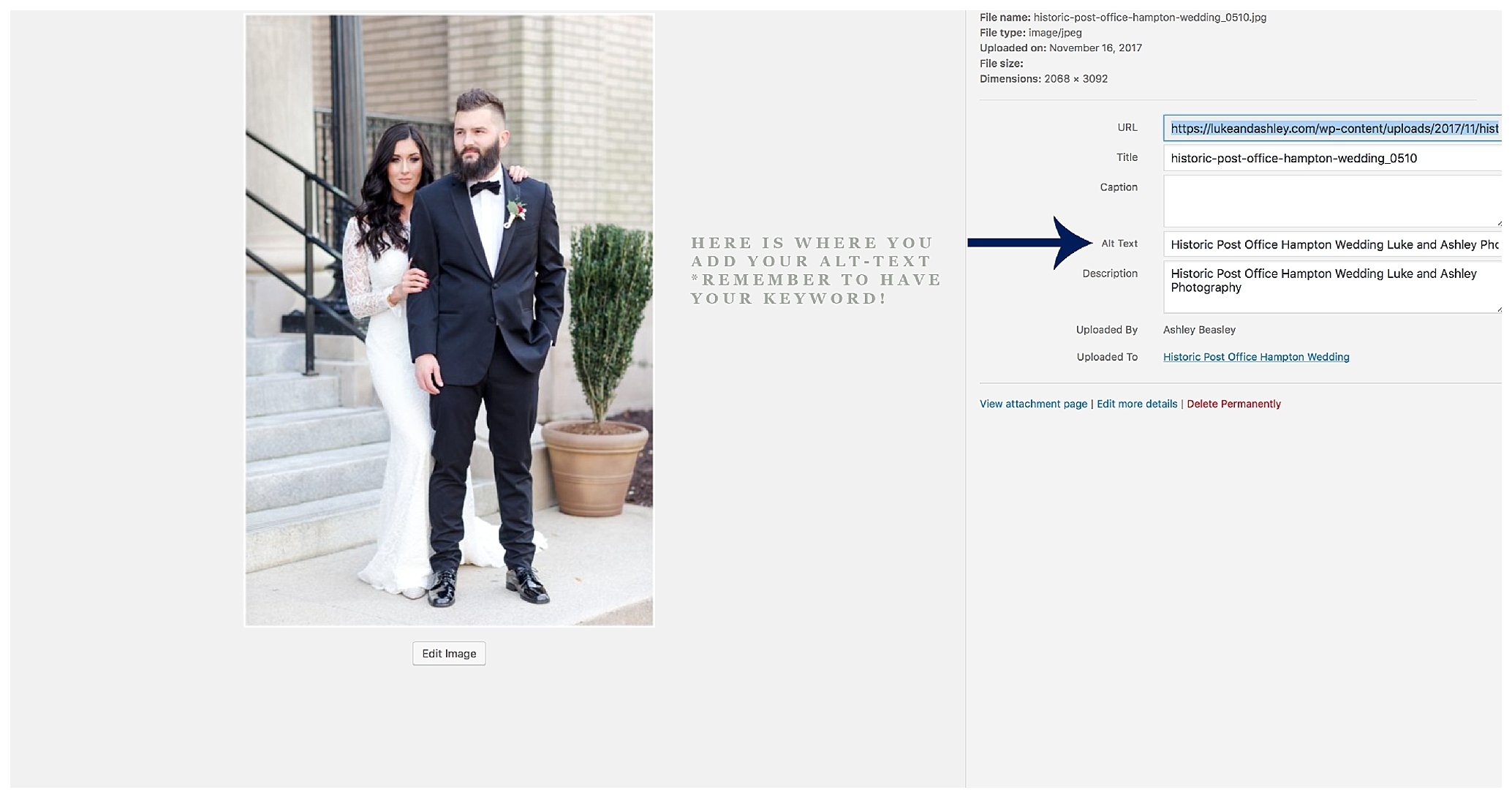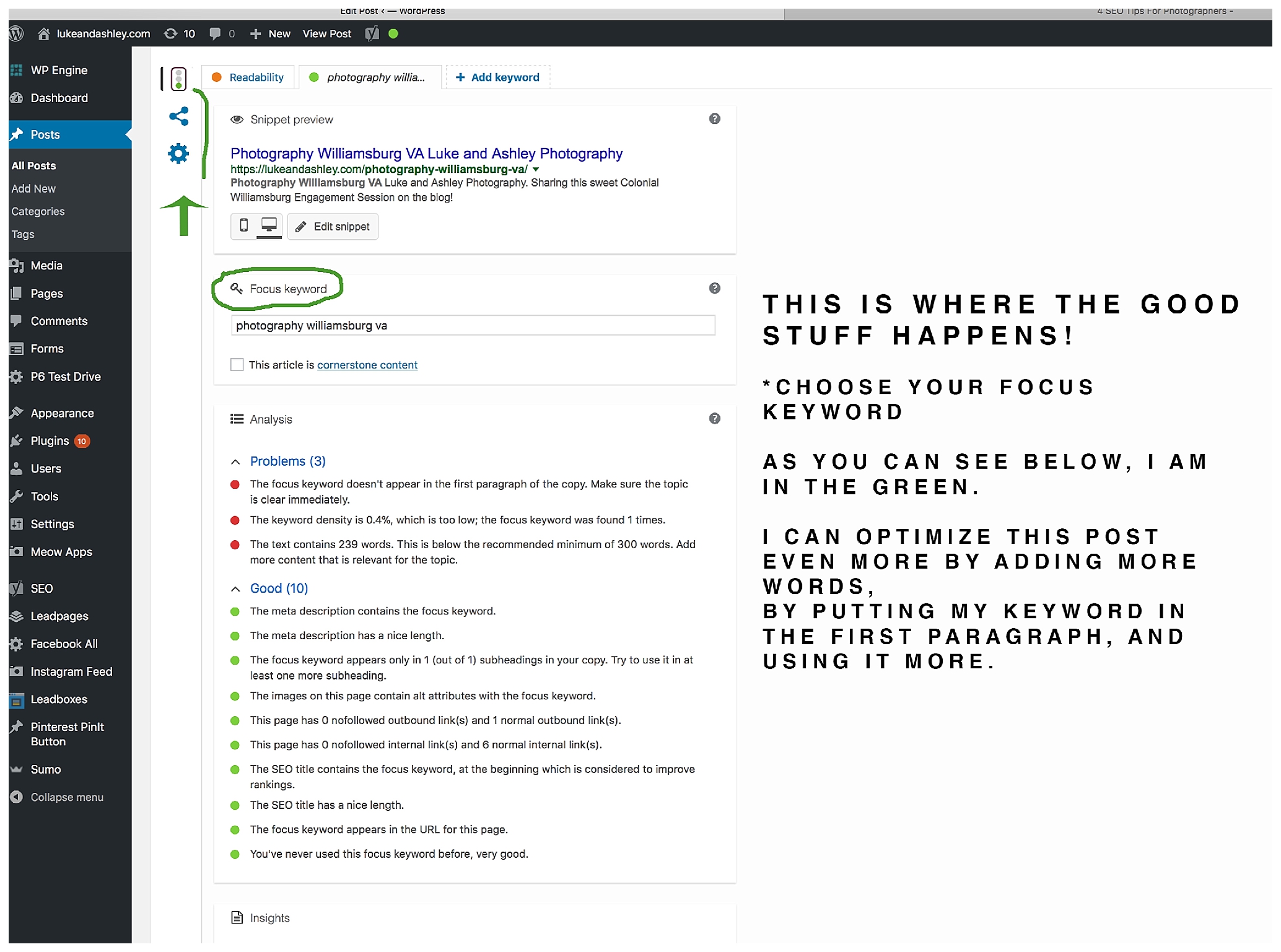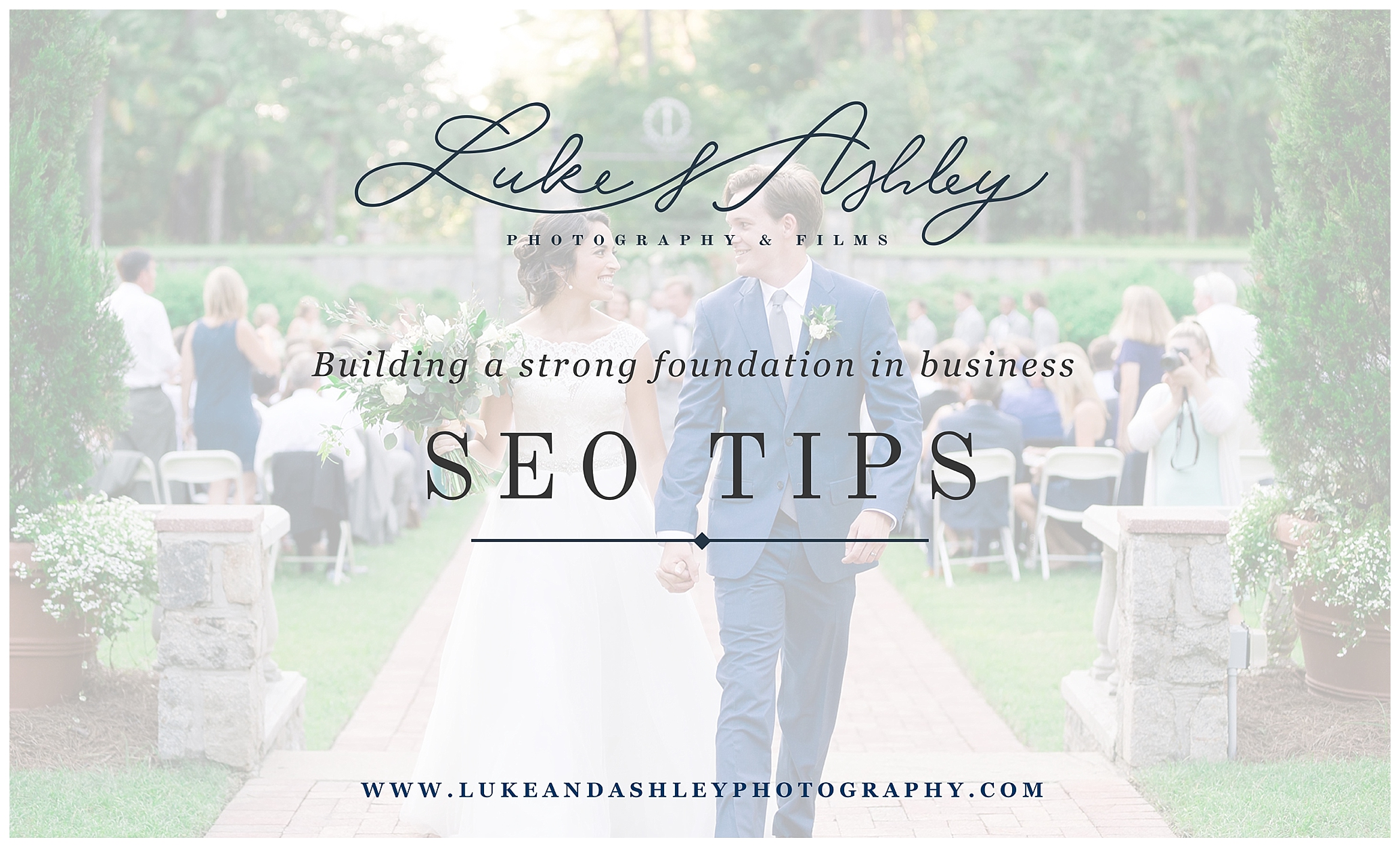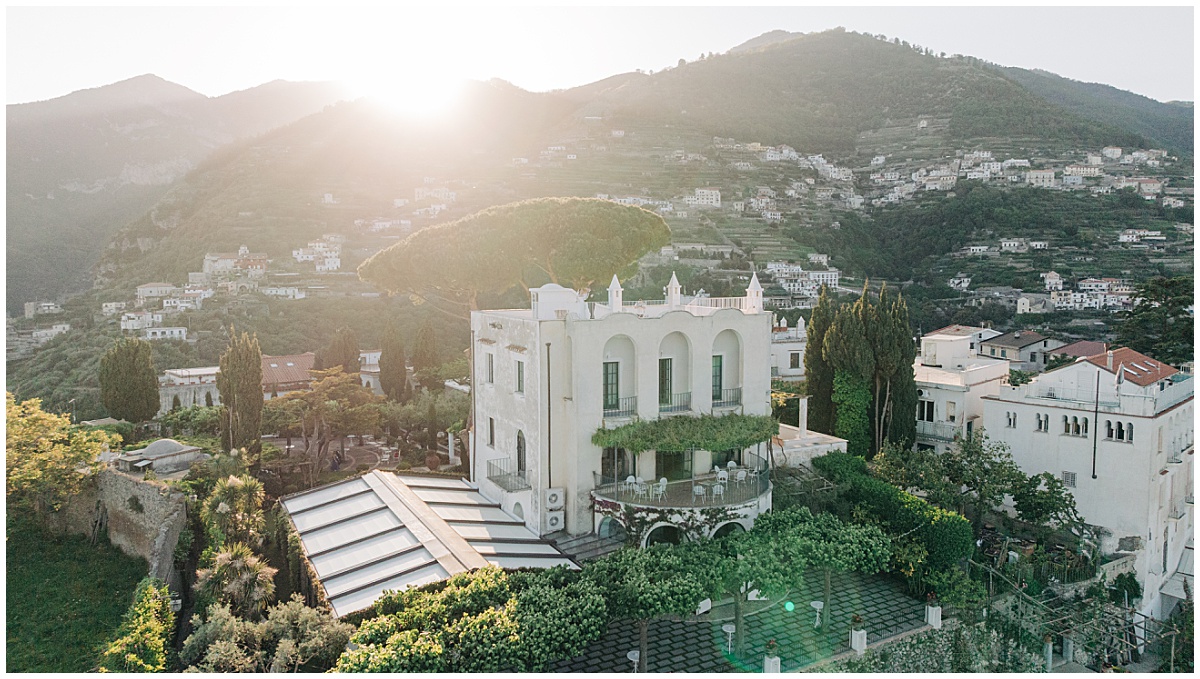Tools & Resources
Luke & Ashley Resources
We are a multi-brand company offering brand photography for businesses & photography education for other photographers.
Close
Playbook Podcast
Learn With Luke & Ash
Search by Color:
Hi there! Welcome to the Luke & Ashley blog, a journal about our lives, our beautiful couples, and their stories we get to tell. Stay a while and do say hello if you please!
Welcome to our blog
Free Downloads:
Categories:
We hear the phrase over and over… SEO.
As business owners we hear that we need our website and blog to have good SEO.
Yet, do we even understand what SEO actually is? Lately, I have been diving into this monster of a beast and I am loving every minute of it. The nerd in me is definitely coming out! So let’s dig in!
According to Moz, which is a website that offers great tools and insight on this subject, the term SEO is defined this way:
“Search engine optimization (SEO) is the practice of increasing the quantity and quality of traffic to your website through organic search engine results.”
Meaning the more quality you have in your content, the more traffic you will receive.
As I have been learning and diving into SEO, I would love to share a couple of tips with you today that you can start implementing right away to increase traffic to your website and blog.
-
Content
I believe content is number one. I read it everywhere and as I study some of my most popular posts, it is the content that is bringing the results.
First, I want to talk about the blog. As photographers it is easy to rely on our images. Images are good; however, if we want to rank higher on search engines we need more than just images. We need content. When writing a blog post, be as descriptive as possible. I enjoy writing, so most of the time this is not difficult for me to do. Yet, I do understand this is not for everyone. To make it easy for you I have created a checklist that you can download for free, to help you create an exceptional blog post each and every time.
Next, let’s talk about your homepage. One mistake we were making with our homepage was that we had a beautiful welcome page, but it lacked content. We had a beautiful picture and then our footer and header. When it came to SEO, that was really hurting us. So I encourage you to add more content to your homepage. Make sure you have your keyword that you are targeting in your homepage. Think of your homepage like a summary. Then each page can go into more detail about what you offer and who you are. Again, remember it is all about having quality content. -
Alt-Text
Alt-Text are basically descriptions of your image. Having this description will help web crawlers understand what your image is and help index that image properly. Adding Alt-Text to your images is actually very simple and extremely important! No matter the platform you use, make sure you take the time to add alt tags. We use WordPress. In the picture below is where you upload your media. This is where I add the alt tags. Bonus Tip: Make sure to include your keyword in the alt tag itself.

-
Use Yoast
If you use WordPress you can install the Yoast plugin. Yoast is a powerful tool and has helped me optimize each post that I put out into the web world. Within this plugin, you have the option to put in a keyword that you are targeting for the post. Yoast will then analyze your content and give you a score on how well your SEO is for that particular post. I love that they use a stoplight symbol for this. Red means your post is not optimized, yellow means you have some work to do, and green means GO! The plugin also breaks down where you need help. It will let you know if your images do not have the keywords in the alt text, if the title is too long, or even if you have enough words in your post. I cannot say enough about this tool and all it does! Yoast has a basic plugin that is free, or you have the option to buy a more in depth analysis.

-
Internal Linking
A lot of us know that external linking is a great way to build trust with Google. If those links come from a reputable site, then that is a great thing! However, let’s not forget internal linking as well. Internal linking connects one page in your website to another page or post. Internal linking also helps the web crawlers navigate your site easier and possibly index your new content quicker. However, the most beneficial reason for internal linking is creating a valuable experience to the user. Linking to other posts or pages will bring value to the user, as well as keeping your reader on your site for a longer period of time. That is a win-win for everyone!
One thing that I have learned is to take one step at a time.
Take a week or two and start implementing one new change. This way it doesn’t become overwhelming and it becomes more of a habit. Another thing I learned is that this SEO thing is a marathon and not a sprint. It takes time, patience, and perseverance. So stay at it and it will pay off!
*Also, remember if you need help creating content, download our free checklist HERE! This list will go over some steps to producing quality content.
If you want to know more about our foundational classes you can always visit our Hands On Page to see what we offer!
Have a great week and go get ’em!
-Luke & Ash-
Additional Note: I hope our tips will help you to increase your organic traffic if you’re using WordPress for your portfolio but If you’re using Website Builders like Pixpa, Wix, Squarespace, or any similar platform for your photography portfolio then this latest guide on SEO for photographers you must read to improve your organic traffic and get more leads from your website.
If you are a photographer and would love more helpful tips visit the links below!
If you would like to continue this conversation and you are a photographer, head on over to our Private Facebook Group!
4 Workflow Mistakes By Photographers
Three Ways To Overcome Comparison
You can always sign up for our newsletter for monthly video tips!
SaveSaveSaveSave
SaveSave
SaveSave
SaveSave
SaveSave
SaveSave
SaveSave
SaveSave
SaveSave
SaveSave
4 SEO Tips For Photographers
Leave a Reply Cancel reply
Download our list of best vendors
You might also love...
Hampton Roads, Northern Virginia & Worldwide Wedding Photographers
@lukeandashleyphotography
Follow along on Instagram
As seen in
Looking for wedding tips, inspiration & more?
Tell us where to send you the goods




Good stuff you guys! Killing it!!! High Fives!
Thank you Emily for always cheering us on!
[…] 4 SEO Tips For Photographers […]
[…] 4 SEO Tips For Photographers […]
[…] 4 SEO Tips For Photographers […]
[…] 4 SEO Tips for Photographers […]
That’s really nice post. I appreciate your skills. Thanks for sharing.